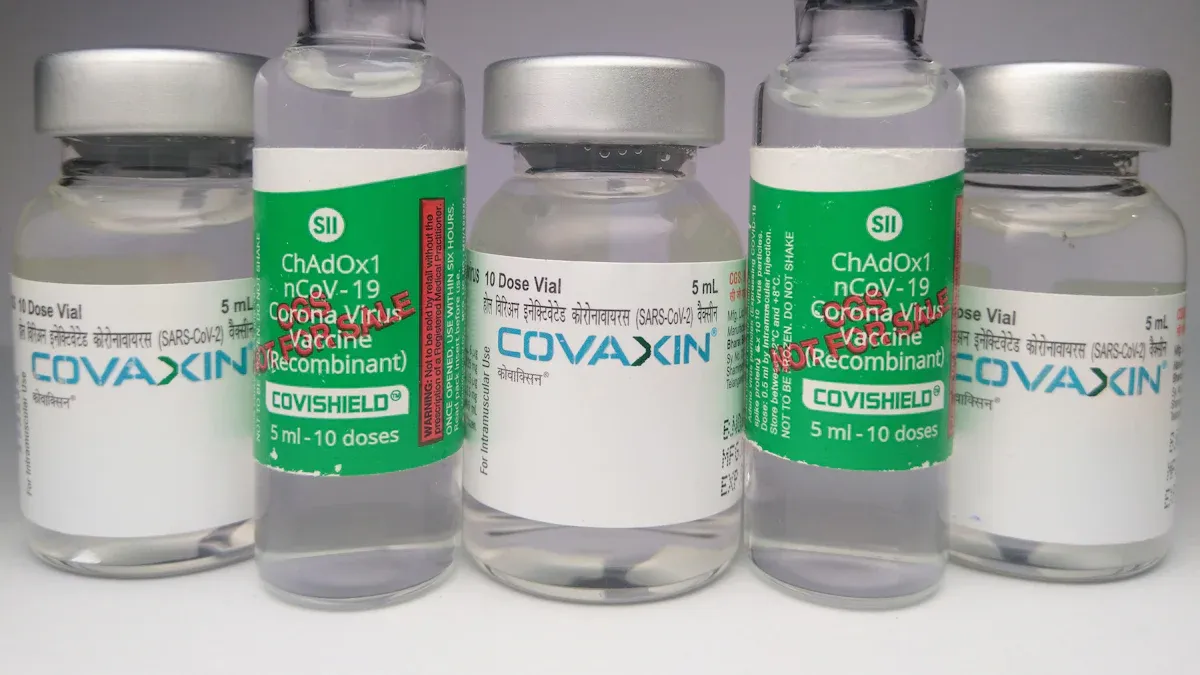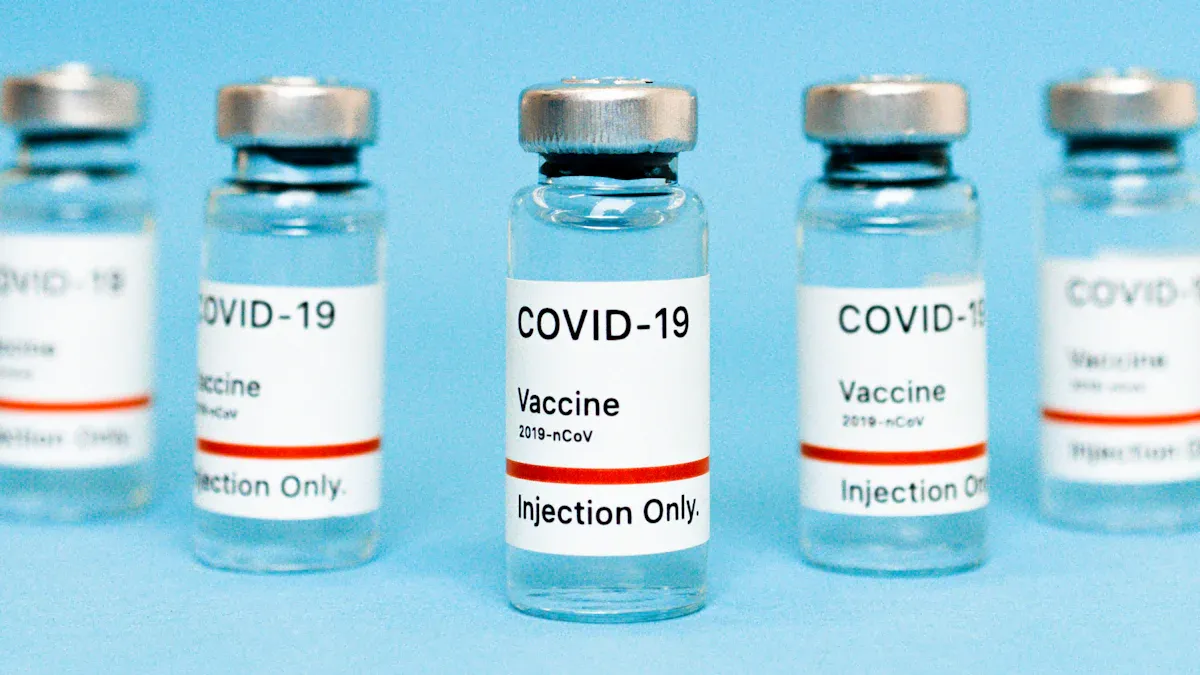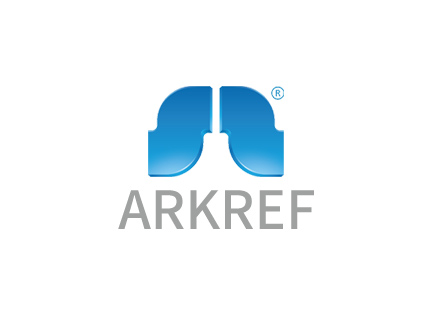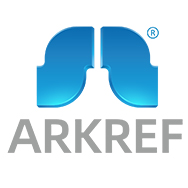Understanding Cold Chain Solutions for Healthcare Needs

Cold chain systems are important for healthcare. They keep temperature-sensitive items like vaccines safe. These systems control temperatures to protect medicines' safety and strength. For example, checking temperatures stops harmful bacteria and keeps products good. Special packaging helps keep items cool and prevents waste. In the U.S., cold transport is key for moving medicines safely. Controlling temperatures protects healthcare items and follows rules.
Key Takeaways
Cold chain systems are important to keep temperature-sensitive items, like vaccines, safe to use.
Modern tools help check temperatures instantly, lowering waste and following safety rules.
Special packaging, like insulated boxes and gel packs, keeps items safe during storage and travel.
Spending on cold chain systems saves money and reduces waste, improving healthcare and trust.
Working with cold chain experts makes logistics better and follows strict safety rules, protecting healthcare items.
Key Parts of Cold Chain Logistics
Cold chain logistics are crucial for healthcare. They keep temperature-sensitive products safe and useful. Below are the main parts that make these systems work well.
Temperature-Controlled Storage
Keeping products at the right temperature is very important. It helps protect items like vaccines and biologics from going bad. This also makes them last longer. For example, medicine cold chains use strict temperature rules to keep products safe.
Metric | What It Means |
|---|---|
Keeps products safe and good for people to use. | |
Waste Reduction | Stops products from going bad, saving money and helping the environment. |
Shelf Life Extension | Makes perishable items last longer, so they can be sold or used later. |
Regulatory Compliance | Follows rules about keeping products at the right temperature. |
These points show how temperature-controlled storage helps cold chain systems stay strong and work well.
Transportation and Distribution
Moving products safely is a big part of cold chain logistics. Reliable systems are needed to keep items at the right temperature during transport. Using technology like IoT and data tools has improved efficiency by 10-15%. This shows how tech makes healthcare supply chains better by cutting delays and keeping products safe.
To make supply chains stronger, companies should plan better routes and use special vehicles with temperature controls. These methods help deliver products without losing quality.
Monitoring and Tracking Systems
Watching temperatures is key to keeping cold chain logistics working well. Real-time tracking makes sure products stay at the right temperature. Full visibility lets you check conditions remotely and follow rules.
Key Insights | What It Means |
|---|---|
Keeps products at the right temperature all the time. | |
End-to-End Visibility | Lets people check conditions from anywhere to follow rules. |
Operational Efficiency | Alerts for temperature changes reduce waste and improve delivery. |
Predictive Analytics | Helps guess future needs to manage inventory better. |
Dynamic Route Optimization | Delivers goods in the best way with fewer delays. |
Proactive Approach | Fixes problems early to save money. |
Using smart devices and clear plans can improve temperature tracking and make cold chain systems stronger.
Specialized Packaging Solutions
Special packaging is very important in cold chain logistics. It keeps temperature-sensitive healthcare items safe during storage and transport. The packaging must hold the right temperature, stop damage, and follow rules.
A common choice is insulated containers. These use foam or vacuum panels to block heat. They keep items cool for a long time. Gel packs and phase change materials (PCMs) are added to hold specific temperatures. For example, gel packs keep vaccines at 2–8°C, which is needed for safety.
Another option is active temperature-controlled systems. These have built-in cooling or heating to control temperatures. Unlike passive options, they work well even in bad weather. You can find these in refrigerated trucks or portable units.
Packaging also uses tamper-proof seals and shock-absorbing materials. These protect items from damage and keep them safe. For example, biologics and cell therapies need extra padding to avoid harm during shipping.
Tip: Pick packaging based on how sensitive the product is to temperature and how long it will travel. This keeps items safe and follows rules.
Using special packaging lowers waste, boosts efficiency, and meets healthcare rules. It helps keep medicines and vaccines safe and effective.
Importance of Cold Chain in Healthcare

Keeping Medicines Effective
Cold chain systems are crucial for keeping medicines working well. Some drugs, like biologics and special medicines, need exact temperatures to stay safe. If the temperature changes too much, the medicine can lose its power or become unsafe to use.
New technology, like IoT tools, helps stop spoilage by up to 30%. These tools keep products at the right temperature, protecting their quality. Following rules from groups like the FDA and WHO also shows why keeping strict temperatures is so important.
Evidence Type | Description |
|---|---|
Regulatory Compliance | Following strict temperature rules keeps medicines safe and effective. |
Technology Advancements | New tools help manage temperatures better in medicine transport. |
By using good cold chain systems, medicines stay strong and help patients feel better.
Protecting Vaccines
Vaccines are very sensitive to temperature changes. They need to stay between 2–8°C to work properly. If the temperature changes too much, vaccines can stop working and harm public health.
Cold chain systems keep vaccines safe with real-time tracking and careful delivery. These systems make sure vaccines stay at the right temperature, even in tough conditions. For example, IoT tools let you watch for temperature changes and fix problems fast. This reduces waste and ensures vaccines arrive safely.
Note: Following Good Distribution Practices (GDP) is key for vaccine safety. These rules make sure vaccines are stored and moved under strict temperature controls.
Using smart tools and tracking systems helps protect vaccines and keeps communities healthy.
Helping Global Medicine Delivery
Cold chain systems are needed to deliver medicines worldwide. As healthcare grows, more temperature-sensitive products are needed, and strong systems are required to meet this demand.
Strict rules in medicine transport show why cold chain systems matter. Following GDP rules keeps medicines safe during long trips. After the pandemic, better cold chain systems became even more important because healthcare supply chains got more complex.
Good cold chain systems solve problems like long travel and different weather. Investing in better tools, like special packaging and tracking systems, makes supply chains stronger and helps deliver medicines everywhere.
Cutting Waste and Saving Money
Cold chain systems help cut waste and save money in healthcare. Keeping strict temperatures stops medicines and sensitive items from going bad. This keeps products safe and avoids losing money from damaged goods.
Using real-time tracking and data tools makes cold chains better. These tools collect data from sensors and GPS to improve operations. For instance, predictive tools can guess demand, stopping waste and ensuring on-time deliveries. Managing inventory well also means fewer expired items in storage.
Here are some main benefits of good cold chain systems:
Lower costs with better supply chain processes.
Stronger trust from partners, leading to more business.
Watching temperatures closely stops spoilage and saves money. Better processes also reduce waste and make things run smoothly. When products are stored and packed right, customers trust your brand more. This trust can boost sales and help your business grow.
For example, using insulated boxes and cool storage protects items like vaccines and biologics. These steps keep products safe and lower the need for replacements, saving money. By using advanced cold chain systems, you can help both the planet and your budget.
Tip: Use real-time tracking to spot and fix problems early. This helps cut waste and save money.
Challenges in Cold Chain Logistics
High Costs and Resource Demands
Cold chain logistics need a lot of money to work. Special tools like cold storage and trucks are required. These tools keep items like vaccines safe by holding steady temperatures. But buying and maintaining them costs a lot, which is hard for small companies.
Energy use makes costs even higher. These systems need constant power to work well. In places with unreliable electricity, this becomes a big problem. Hiring trained workers to run these systems also adds to expenses. Even with these costs, cold chain systems are needed to keep healthcare products safe.
Infrastructure Gaps in Developing Regions
In some developing areas, poor infrastructure causes problems for cold chains. Bad roads and few cold storage places make moving products hard. Without good infrastructure, keeping items at the right temperature is tough, especially in faraway places.
Unstable electricity is another issue. Power outages can stop cold chain systems from working. This can ruin temperature-sensitive products. Fixing these problems needs teamwork between governments, healthcare groups, and delivery companies to improve supply chains.
Regulatory Compliance and Standards
Following rules is very important in cold chain logistics. Groups like the FDA and WHO have strict guidelines to keep products safe. These rules make sure items stay at the right temperature during transport.
Meeting these rules can be hard. You need good tracking systems to check temperatures and follow the rules. Breaking these rules can lead to recalls, money loss, and harm to your reputation. By following regulations, you can protect products and make supply chains stronger.
Risks of Temperature Deviations
Temperature changes in cold chain systems can cause big problems. If items like vaccines or biologics get too hot or cold, they may lose their strength. This can harm patients and cost companies a lot of money.
Even small changes in temperature can ruin products. For example, vaccines stored at 2–8°C can stop working if they get too warm. This makes them unsafe to use. Keeping the right temperature is very important to avoid these issues.
Many things can cause temperature problems. In some areas, bad roads and poor storage make it hard to keep items cool. Power outages or broken equipment can also lead to unsafe temperatures. Delays during transport add to the risk.
Did you know? Using smart tools in cold chains improves efficiency by 10–15%. These tools help watch and control temperatures, lowering risks.
Temperature problems don’t just waste products. They can hurt a company’s image and lead to fines. For instance, not keeping the right temperature during shipping can cause recalls. Recalls are expensive and take a lot of time to fix.
To stop these problems, use good tracking tools and strong systems. Real-time monitors and smart tools can find issues early. Fixing problems fast keeps products safe for patients.
Tip: Pick delivery partners who are good at keeping cold chain systems safe. This helps protect your products and ensures they stay effective.
Best Practices and Innovations in Cold Chain Solutions
Advanced Technologies for Monitoring
Cold chain systems work better with advanced monitoring tools. These tools check temperature, humidity, and other key factors in real time. IoT devices and automation help track inventory, cutting waste and improving stock use. For example, cloud-based tools give useful tips to make logistics smoother.
Advancement Type | Benefit Description |
|---|---|
IoT and Automation | Tracks stock levels, reduces waste, and improves inventory use. |
Real-time Monitoring | Offers helpful insights through cloud tools for better logistics. |
Advanced Sensors & AI | Keeps products safe by checking temperature and humidity, stopping spoilage. |
These technologies help follow safety rules and avoid spoilage. Smart tools also keep healthcare items like vaccines and biologics in good condition.
Sustainable and Eco-Friendly Solutions
Cold chain logistics now focus on being eco-friendly. Using green methods can lower harm to the planet while staying efficient. For example, renewable materials and passive cooling are great for packaging. In Malaysia, renewable materials are used to make packaging that keeps items cool.
AI-powered systems are another smart option. A food company used AI to save 20% on energy for cooling. This also reduced spoiled goods. These ideas help the environment and save money, making them perfect for healthcare needs.
Tip: Pick green packaging and energy-saving tools to help the planet and cut costs.
Training and Awareness for Stakeholders
Training is key to running cold chain systems well. Teach your team how to handle, store, and move temperature-sensitive items. Awareness programs show why keeping strict temperatures is important.
For instance, workers can learn to use tools like temperature sensors and data loggers. These tools find problems and send alerts to fix them fast. Training your team lowers risks and makes healthcare logistics more reliable.
Note: Regular training helps everyone understand their role in keeping products safe and effective.
Working with Cold Chain Experts
Teaming up with cold chain experts improves your logistics. It also keeps temperature-sensitive healthcare products safe. These experts have special skills and tools to help with storage, transport, and tracking.
Why Choose Experts?
Cold chain experts know how to handle sensitive products. They can:
Create better storage and transport systems.
Use advanced tools for real-time temperature checks.
Help you follow strict rules and regulations.
Their knowledge lowers risks like temperature changes that can ruin products. By partnering with them, you can focus on providing safe healthcare solutions.
Main Benefits of Working Together
Advanced Technology Access: Experts offer tools like IoT sensors and AI systems. These tools help track products and prevent spoilage.
Personalized Solutions: They design systems to fit your specific needs.
Regulation Support: Experts guide you through complex rules to avoid fines.
Saving Money: Better systems reduce waste and cut costs.
Tip: Pick experts with proven success in healthcare logistics. Their experience ensures dependable solutions.
Finding the Right Partner
Search for companies that:
Have a good reputation in cold chain logistics.
Know how to handle healthcare items.
Focus on innovation and eco-friendly practices.
Partnering with cold chain experts makes your operations better. It also builds trust with customers. Their help ensures your products stay safe and effective during delivery.
Cold chain systems are key to keeping healthcare products safe. They control temperatures to protect medicines and biologics, ensuring patient safety. In the U.S., cold chain logistics use refrigerated and cryogenic storage to meet strict rules. These methods keep products effective and follow regulations.
To handle global healthcare needs, use smart solutions and good practices. New technology, eco-friendly methods, and expert help improve logistics. Focusing on these steps helps solve healthcare problems and safely deliver important medicines everywhere.
FAQ
What is a cold chain, and why does healthcare need it?
A cold chain is a system that keeps items cool. It helps protect sensitive products like vaccines and medicines. Keeping the right temperature stops spoilage and keeps people healthy.
How do you check temperatures in a cold chain?
You can use smart tools like sensors and trackers. These tools watch temperatures and send alerts if something changes. This helps keep products safe.
What happens if the cold chain fails?
If the cold chain breaks, products can go bad. For example, vaccines might not work anymore. This can waste money, cause recalls, and harm public health.
How can cold chain systems be eco-friendly?
You can use green materials for packaging and energy-saving coolers. Smart tools like AI can also save energy and cut waste.
Who gains from cold chain systems in healthcare?
Patients, doctors, and medicine companies all benefit. Patients get safe treatments, doctors provide good care, and companies avoid losing money on spoiled items.
See Also
Comparing Container Cold Rooms With Conventional Cold Storage Solutions
Seven Groundbreaking Innovations Transforming Cold Storage Logistics
Leading Manufacturers of Cold Rooms for Logistics Needs

